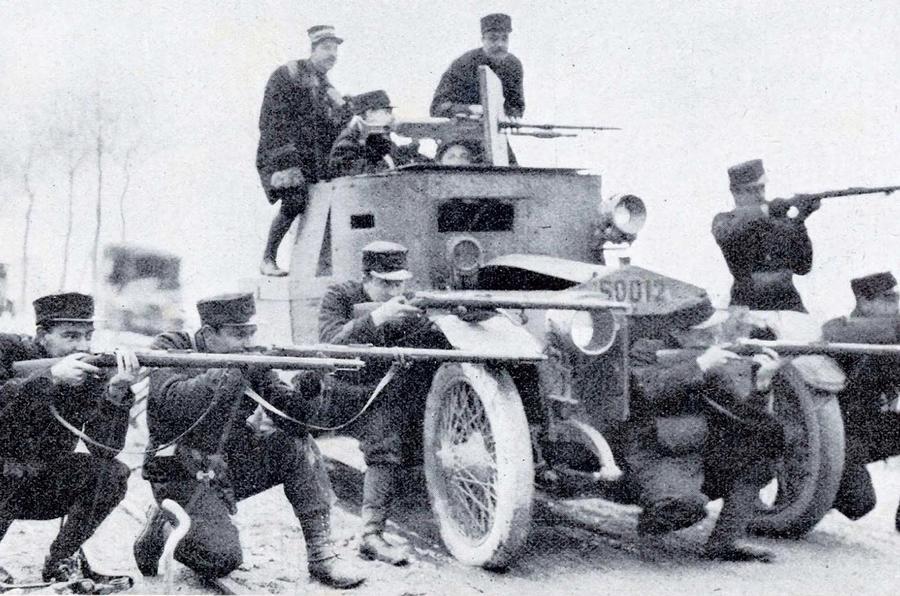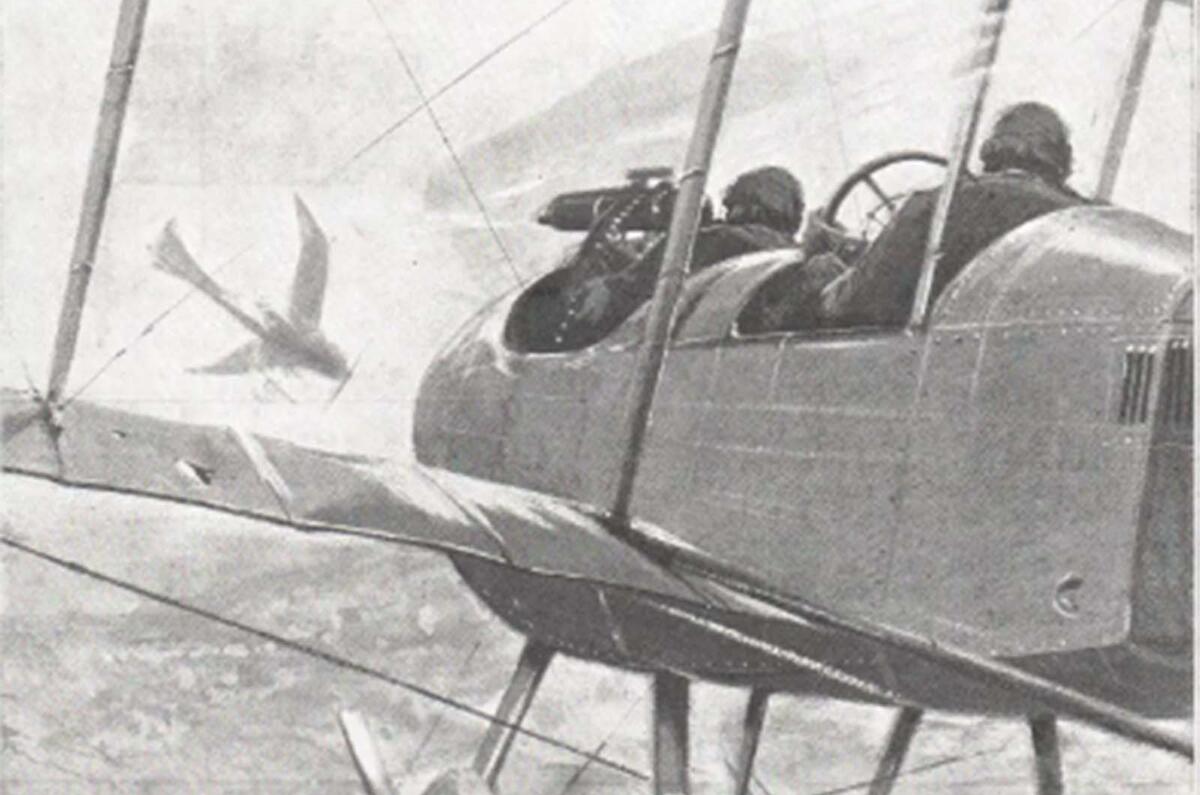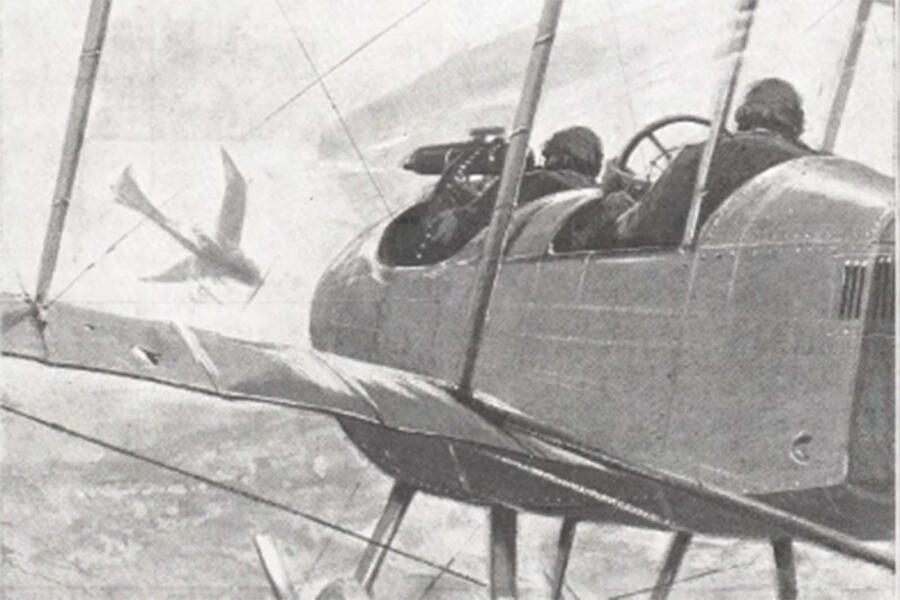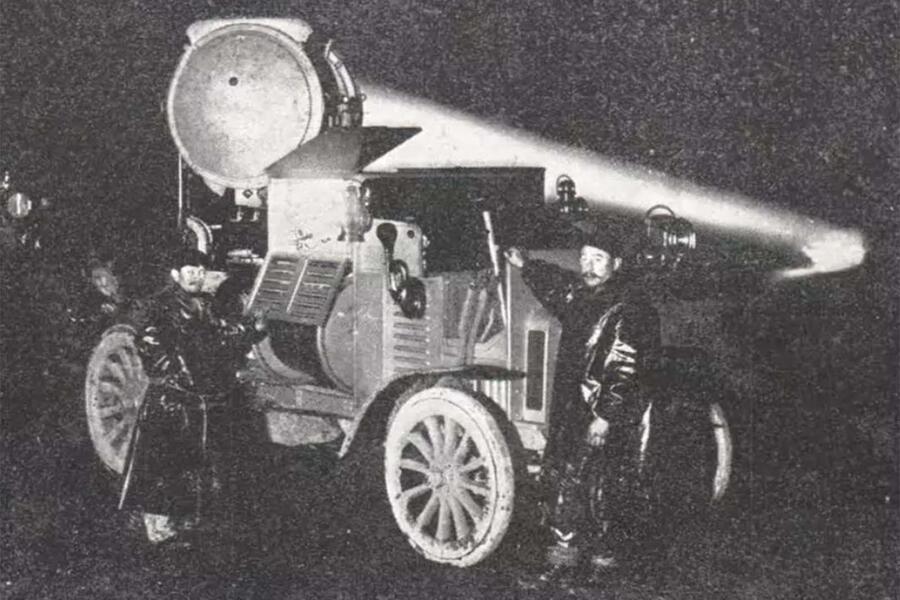While the start of World War II is still in living memory, WW1 has been consigned to history; while most know about the Panzer and the Spitfire, the Minerva and the Taube have become quite obscure; and while we know how it played out, we’re viewing it in hindsight and through distortion caused by subsequent developments.
Let us, then, go back 109 years to arrive as Autocar assessed the roles that automotive vehicles were enacting in this whole new kind of warfare.
Within days of Britain declaring war on Germany, we printed a form that readers could submit to ‘lend’ their cars to the army; and by September, we were giving advice on how to maintain and prepare cars for this purpose.
We noted that Belgium had thus far made best use of requisitioned cars, to carry ammunition, food and more, having few vans. Soon it began removing car bodies and refitting chassis with open-truck, ambulance and armoured ones.
We were particularly impressed by a form of ambulance (also used by the French) that contained four stretchers mounted on a revolving wooden frame, such that an empty one would always be behind the canvas covering’s side entrance.

Minerva of Antwerp was the primary maker of armoured cars, making Belgium the first nation to deploy them in the war. Fitting a tourer chassis with a body of 5mm-thick steel and a forward-facing light machine gun created “one of the most deadly weapons”, with “its speed and easy manipulation enabling it to make rushes, short, sharp attacks, and retire quickly”.
“These qualities of extreme mobility more than make up for the fact that the light, thin armour is not bulletproof at short range,” claimed our contact at Minerva, adding that it was surely superior to the “heavy-plated high-speed lorries” favoured by neutral Italy.








 Of course, combustion engines had also given rise to aeroplanes, and just 10 years after the very first heavier-than-air flight, men were shooting at each other in the skies.
Of course, combustion engines had also given rise to aeroplanes, and just 10 years after the very first heavier-than-air flight, men were shooting at each other in the skies.


Add your comment